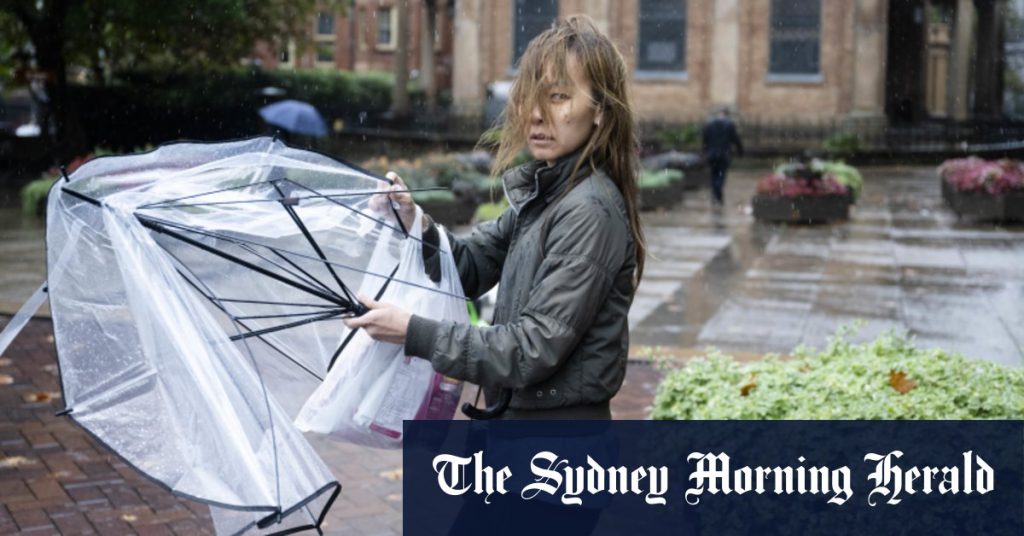Six people were hospitalized following a collision between a ute and a four-wheel drive on the Castlereagh Highway in New South Wales. The cause of the crash, which occurred near Mudgee, is unknown at this time. Two children were airlifted to The Children’s Hospital at Westmead, while others were taken to different hospitals for treatment. Meanwhile, heavy rain caused flooding across Sydney, leading to road closures, reduced train frequencies, and disruptions to ferry services. The Bureau of Meteorology issued warnings of possible flash flooding in several regions, including Sydney, the Illawarra, and the Central Tablelands, with concerns about intense rainfall leading to dangerous conditions.
Water NSW is preparing for a controlled release from Warragamba Dam, Sydney’s main drinking water source, as the dam reaches 96.3% capacity. With the Bureau of Meteorology predicting 100 to 150 millimeters of rain in the dam’s catchment area, there is a risk of the dam overflowing. This controlled release is expected to occur once the rainfall event has passed, requiring vigilance from the community. Across the city, preparations are being made to manage potential flooding, with efforts to excavate lagoons and lower dam levels for flood storage. Lismore, which was hit hard by floods in 2022, was fortunate as the Wilsons River peaked lower than expected, leading to the removal of flooding warnings.
In Sydney, disruptions to transportation services were significant, with train frequencies reduced and ferry services replaced by buses due to the flooding. Wakehurst Parkway and Riverside Road were closed, adding to the challenges faced by commuters trying to navigate the city. More than 100 flights to and from Sydney Airport were canceled, and delays were reported for dozens of other flights. The inclement weather also impacted essential services, with concerns about the safety of travel and potential hazards caused by the heavy rainfall. The situation remained fluid, with ongoing monitoring of flood risk areas and contingency plans in place.
The Bureau of Meteorology remained vigilant about the potential for intense rainfall in the coming days, warning residents of the risks of flash flooding and urging them to stay informed about weather updates. The focus was on areas between the Blue Mountains and Narooma, where dangerous conditions were expected from Friday night into Saturday morning. Water NSW continued to monitor the dam levels and rainfall projections, preparing for the possibility of the Warragamba Dam spilling over due to the forecasted rain. Community awareness and cooperation were crucial in ensuring safety during the extreme weather event, with authorities urging residents to take precautionary measures and stay alert to changing conditions in their respective regions.
Overall, the impact of heavy rainfall and flooding in New South Wales required coordinated efforts from various agencies and communities to ensure public safety and minimize damage. Emergency response teams were on standby to assist with any incidents or evacuations that may be necessary. The challenges posed by the weather conditions highlighted the importance of preparedness and resilience in the face of natural disasters. As the situation continued to evolve, ongoing monitoring, communication, and cooperation were essential in managing the response to the adverse weather event. Despite the disruptions and risks posed by the inclement weather, efforts were made to mitigate the impact and safeguard the well-being of residents in affected areas.


